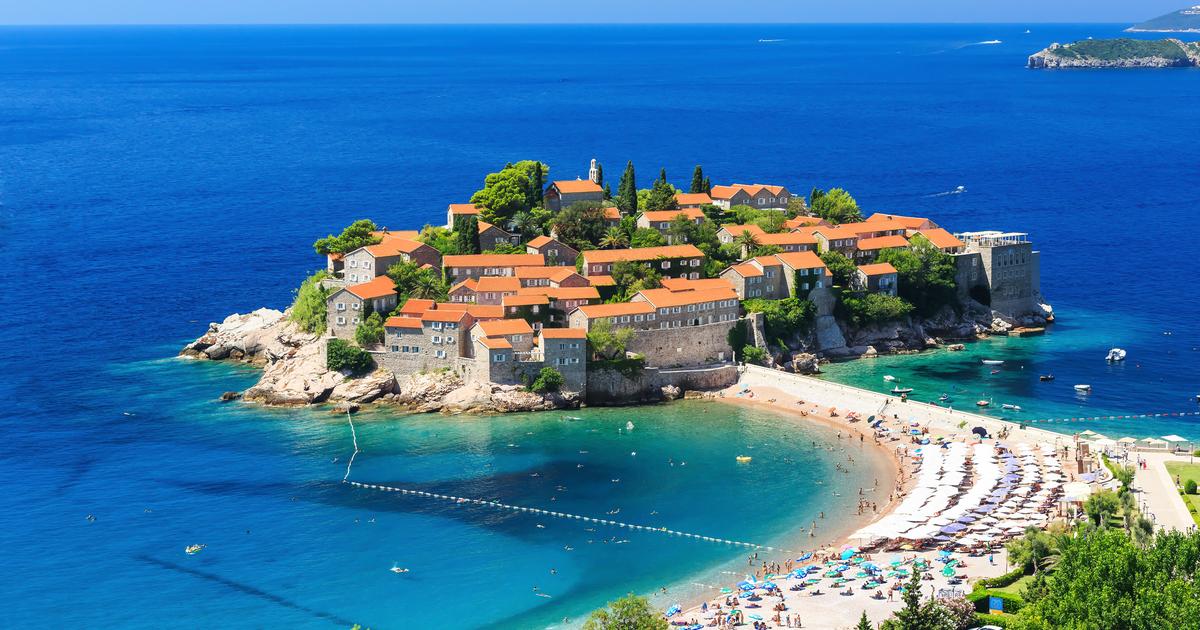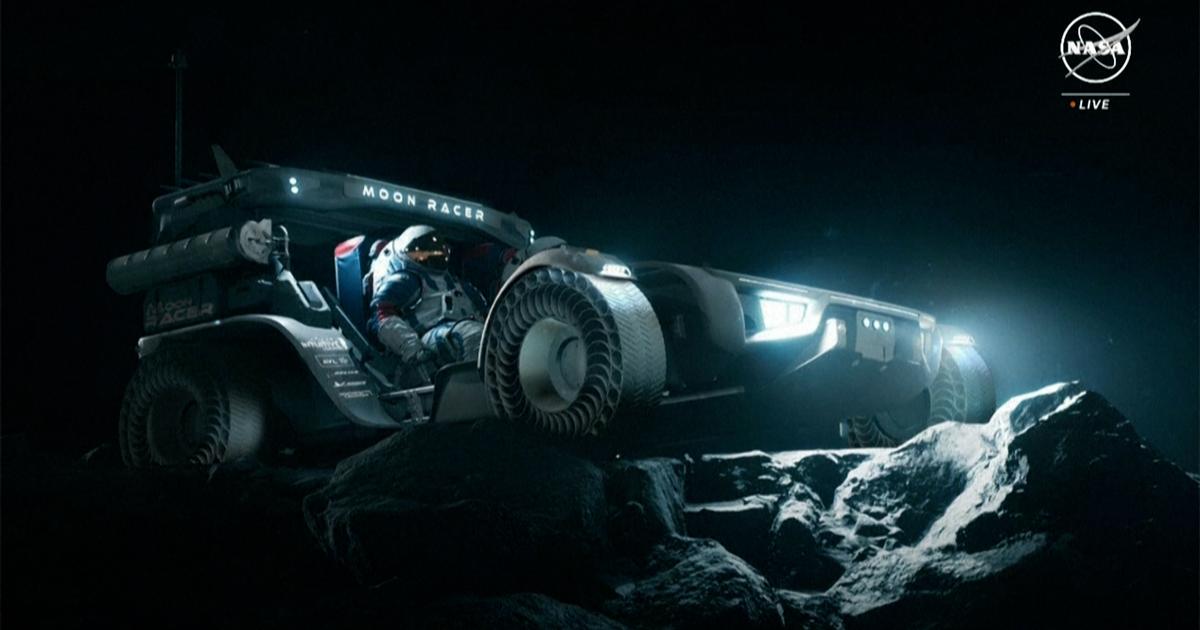The narrow coastal belt of Montenegro enjoys a Mediterranean climate, with long dry summers and short mild winters, while the inland areas experience a more continental climate.
The most pleasant seasons to visit the country are spring (between the end of March and the end of June) and autumn (in September and October), after the summer visitors have dispersed and when the deciduous trees turn coppery but the sea is still warm enough for swimming.
Read alsoMontenegro, our essentials, between small coves, monasteries and mountains
When to go to Budva, Kotor and the coast of Montenegro?
In southern Montenegro, the Bay of Kotor is dotted with small islands and surrounded by mountains.
prescott09
Montenegro's coast can be explored all year round, but it can become uncomfortably crowded in July and August, when temperatures reach 35°C.
Surrounded by ancient walls and bathed in sunshine, Herceg Novi is an excellent starting point for visiting the coast.
Descending south you will come to the picturesque Bay of Kotor, an inlet dotted with islands and shrouded in mountains.
Excellent hiking trails rise on its banks, leading in particular to Mount Vrmac.
With its golden beaches and nightly festivities, the seaside town of Budva is the beating heart of Montenegrin summer tourism.
Not far away is Sveti Stefan, renowned for its beaches and built on a small stone island connected to the mainland by a thin strip of land.
Read alsoMontenegro travel diary, walk to the gates of the Orient
When to go to Podgorica and inland regions of Montenegro?
The old town of Podgorica includes new museums and other cultural sites to visit.
Here, the Cathedral of the Resurrection of Christ.
Dronandy
Located in the plain north of Lake Skadar, Podgorica, the capital of Montenegro, is built on a particularly fertile area, criss-crossed by two rivers, Moraca and Ribnica, and other waterways.
The city museum, divided into four sections (archaeology, ethnography, history and culture of Montenegro), and the natural history museum, which exhibits various species of Montenegrin flora and fauna, are worth a visit.
The old town, called Stara Varos, has buildings dating from the Ottoman period, such as the 18th century clock tower and the 15th century old bridge, which are best discovered in spring or autumn.
Nestled in a small valley overlooked by the Lovcen mountain, Cetinje is the historical capital of Montenegro.
The city was once a base of
ambassadors for European powers during the rise of the Ottoman Empire, which explains the European influences in its well-protected ancient architecture, from monasteries to museums.
Ostrog Monastery, near the town of Niksic, is notable for its elevated chapels, clinging to a steep rock face, all connected by caves, passages and stairs.
When is the best time to go to the national parks of Montenegro?
Durmitor National Park and its many lakes will delight hiking enthusiasts.
dvrcan
Located in the rocky massifs of the north, Durmitor National Park and its long list of sparkling lakes attract discerning hikers.
It is crossed by the canyon of the Tara River, perfect for white water rafting in spring and early summer.
The area is also renowned for horse breeding, making it a prime location for horseback riding holidays.
Because although the hikes are wonderful, it is on horseback that you have to tackle the peaks and valleys of the Biogradska Gora National Park, at the heart of which is the lake of the same name, like a sapphire in the center of 'a crown.
A real paradise for mountain biking and hiking, Lovcen National Park is known for its trek to the top of the eponymous mountain, where the mausoleum of the ruler, philosopher and poet Njegos is located.
The border with Albania crosses both Lake Skadar and the surrounding Prokletije Mountains.
These peaks are reflected in the calm waters of the lake which, with its 400 km², is ideal for kayaking from May to October.














